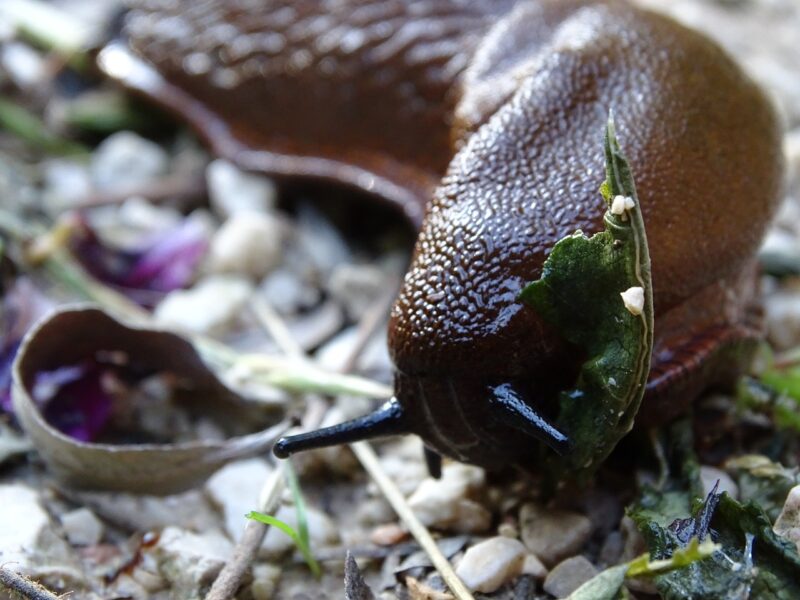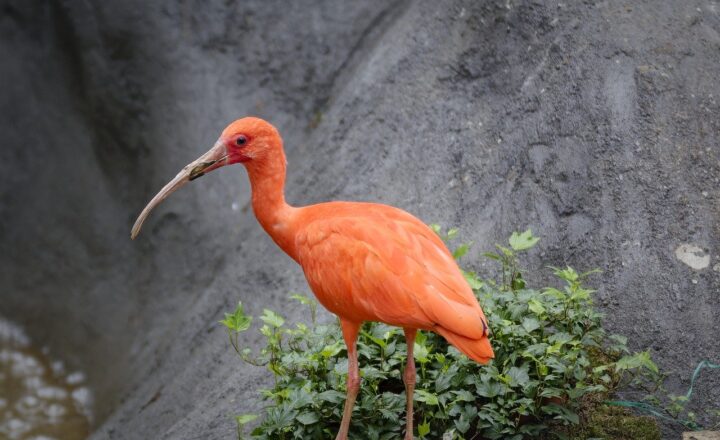10 Surprising Facts About Animals You Never Knew You Needed
November 18, 2024

Animals have always fascinated mankind with their behaviors, adaptations, and their sheer diversity. From the tiniest insects to the largest mammals, the animal kingdom harbors an array of astonishing facts that might surprise even the most avid animal lovers. In this article, we delve into ten surprising facts about animals that you may not have known, uncovering the mysteries of nature and the remarkable capabilities of our fellow earth inhabitants.
1. Elephants Can Recognize Themselves in Mirrors
Elephants are known for their intelligence and memory, but did you know they can also recognize themselves in mirrors? This ability, which is considered a sign of self-awareness, has been documented in various experiments. When shown a mirror, elephants will often interact with their reflections, touching marks that were placed on their bodies without their knowledge. This fascinating trait places elephants alongside humans, great apes, and dolphins as some of the few species that demonstrate self-recognition.
2. Octopuses Have Three Hearts
Octopuses are remarkable creatures, not just because of their ability to change color and texture but also due to their unique anatomy. They have three hearts: two pump blood to the gills for oxygenation, while the third pumps the oxygen-rich blood to the rest of the body. Interestingly, when an octopus swims, the heart that delivers blood to its body stops beating, explaining why these creatures prefer to crawl rather than swim — it’s less tiring!
3. Cows Have Best Friends
Studies have shown that cows are social animals and often form close bonds with specific individuals in their herd. These bonded pairs experience lower stress levels when together, indicating that emotional connections are important to them. If separated from their best friend, cows exhibit signs of distress, such as vocalizations and increased heart rates. This surprising fact challenges the view of cows as simply farm animals, showcasing their social complexity.
4. Sea Otters Hold Hands While Sleeping
Sea otters are known for their adorable habits, but one of the most endearing is their practice of holding hands, or paws, while sleeping. This behavior prevents them from drifting away from each other while they float in the water. Otters often wrap themselves in kelp to anchor themselves, ensuring they stay together as they sleep, highlighting their social nature and the bonds they share with their families.
5. Pigs Are Surprisingly Clean Animals
Despite common perceptions, pigs are not dirty animals. In fact, they are quite particular about their hygiene. Pigs will designate a specific area for their bathroom needs, keeping their eating and sleeping spaces clean. They also roll in mud not due to dirtiness but as a means to regulate body temperature and protect their skin from sunburn and parasites. This surprising fact highlights the need for a better understanding of these intelligent creatures.
6. Some Frogs Can Survive Being Frozen
The wood frog, found in North America, has an extraordinary adaptation: it can survive being frozen solid. During the winter months, these frogs enter a state of suspended animation as their bodies freeze, and their hearts stop beating. When the temperature warms up, they thaw out and resume their normal activities. This remarkable survival strategy demonstrates the incredible resilience of nature and how species adapt to harsh conditions.
7. There’s a Species of Jellyfish That Can Live Forever
The Turritopsis dohrnii, known as the immortal jellyfish, has the unique ability to revert back to its juvenile form after reaching maturity. When faced with environmental stress or physical damage, this remarkable creature can undergo a process called transdifferentiation, where its cells transform into different types. This ability allows it to effectively start its life cycle over again, giving it the potential for biological immortality. So far, it’s the only known creature capable of this amazing feat.
8. Honey Never Spoils
Archaeologists have discovered pots of honey in ancient Egyptian tombs that are over 3,000 years old and still edible! Honey’s long shelf life is attributed to its low moisture content and acidic pH, which create an inhospitable environment for bacteria and molds. Additionally, bees produce an enzyme called glucose oxidase that helps preserve honey. This amazing fact showcases not only the ingenuity of bees but also honey’s role as a timeless food resource throughout history.
9. Most Flamingos Are Born Gray
While we often associate flamingos with their vibrant pink feathers, most flamingos are born a dull gray color. Their striking pink hue comes from their diet, which is rich in carotenoid pigments found in algae and crustaceans. The more of these pigments they consume, the pinker they become. This transformation can take several years, making the vibrant flamingo a symbol of the beauty derived from nature’s palette.
10. Crows Can Recognize Human Faces
Crows are incredibly intelligent birds known for their problem-solving skills, but they also have the ability to recognize human faces. These birds can remember individual people, distinguishing between friendly and threatening humans. Experiments have shown that crows can hold a grudge against those who have wronged them, warning other crows about perceived threats. This cognitive ability underscores the complex social behaviors exhibited not only among animals but also in their interactions with humans.
Conclusion
The animal kingdom is full of surprises, with each fact shedding light on the incredible adaptations and behaviors of our fellow earthlings. From the heartwarming to the hard-to-believe, these facts challenge us to look deeper into the lives of animals and appreciate the wondrous diversity of life on our planet. Next time you encounter an animal, remember that there’s likely much more to its story than meets the eye.







